
Celebrating 150 Years Since Gandhi’s Birth
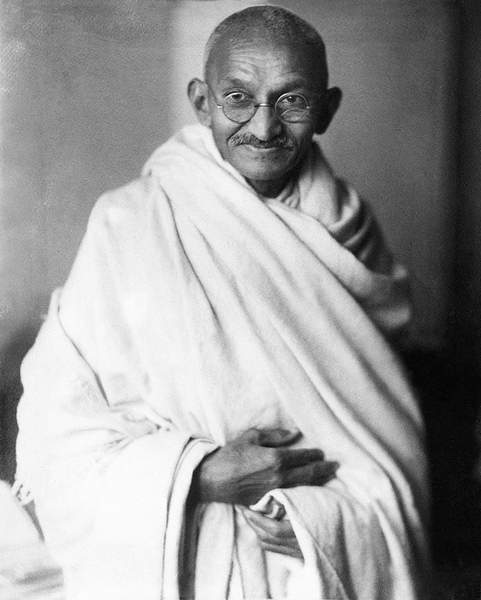
On October 2nd, we’ll be celebrating 150 years since Mohandas Gandhi’s birth. The Indian lawyer, politician, and social activist was the leader of anti-colonial resistance against the British rule, and is largely considered the father (or “Bapu”) of the Indian nation. We had a look at photographs from some of the most pivotal points in his life.
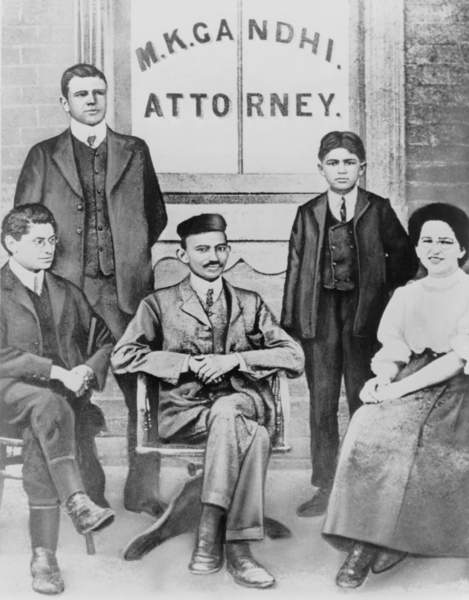
Gandhi arrived in South Africa in 1893 for his law studies, planning on staying only one year. After experiencing ethnic discrimination, he stayed for most of his 20s and 30s to lead the Indian community’s political resistance to South Africa’s racism.
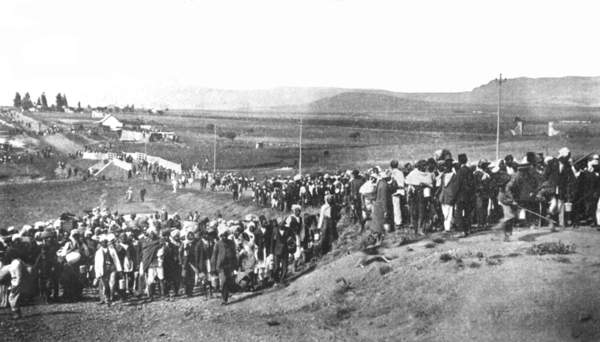
In 1913, Gandhi led The Great March from KwaZulu Natal to the Transvaal in protest against the Immigrants Regulation Act of 1913, and was arrested in the process. After continuous pressure, South Africa’s Minister of the Interior, Jan Smuts, was forced to respond. On December 11th, he released Gandhi from jail and reversed the terms of the Immigrants Regulation Act. When Gandhi left South Africa in 1914, after 21 years of civil disobedience, he did so in triumph.
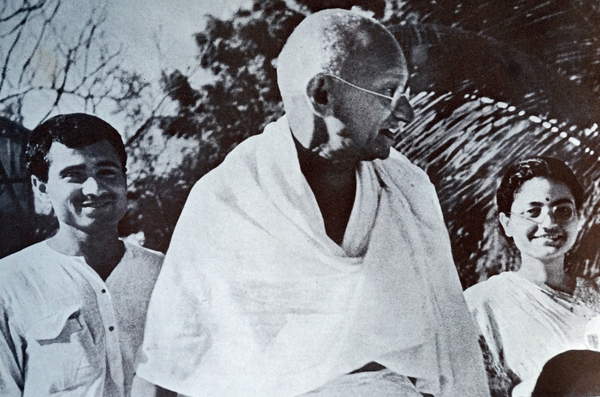
When Gandhi arrived in India in 1914, he was for the first time greeted as Mahatma, or ‘great soul’. He began to organise resistance campaigns against the British Raj, and shaped the Indian National Congress into an effective grassroots party focused on unconditional nonviolence.

As with many other commodities, Britain had forbidden Indians from making salt, forcing them to buy it at high cost from British merchants. On On March 12, 1930, Gandhi protested this monopoly by marching to the sea and illegally harvesting salt from the coast. Soon, thousands of other Indians joined the salt march, and the harsh response of the British led to the arrests of nearly 60,000 people.

On April 5th, 1930, Gandhi wrote in a letter to an American friend: “I want world sympathy in this battle of right against might”. He was arrested later that day for his role in the salt march. While in prison, civil disobedience continued and international media increasingly took attention.
In March 1931, British Viceroy Lord Irwin finally agreed to release Gandhi release from prison and negotiate concessions. Gandhi agreed to end the salt campaign in exchange for the release of thousands of political prisoners and changes to the salt laws.
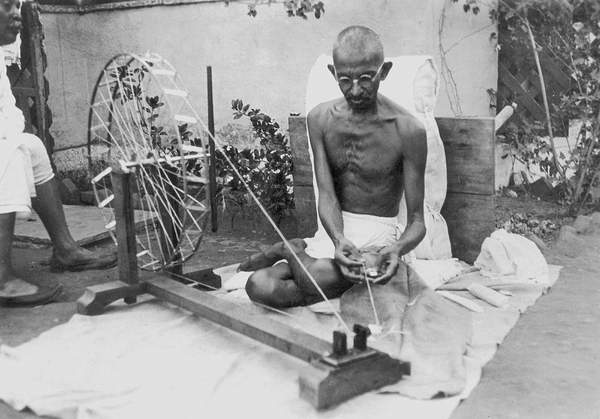
When the British held Gandhi prisoner at Yeravda prison from 1932 to 1933, the nationalist focused on making his own thread with a charkha, a portable spinning wheel. Gandhi started to encourage Indians to make their own homespun cloth in order to boycott British goods, reject Western culture, and produce their own wealth. As a result, the spinning wheel became a powerful symbol if Indian independence.
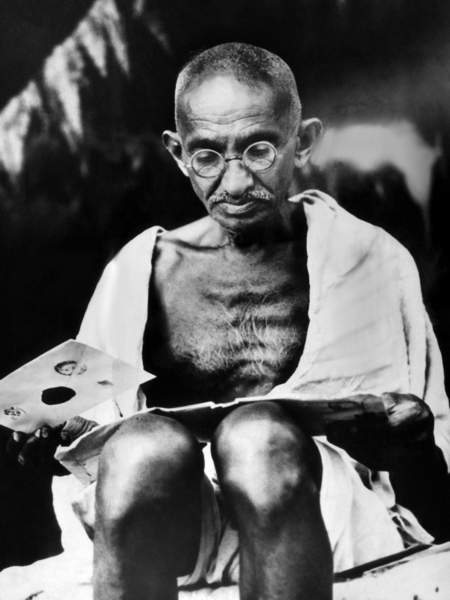
Gandhi undertook about 17 hunger strikes during his time resisting the British Raj. His longest lasted 21 days and took place during his two-year prison term for his anti-colonial Quit India movement in 1943. During this time, the British government didn’t allow the London press to show photographs of his body out of fears it would elicit public backlash.
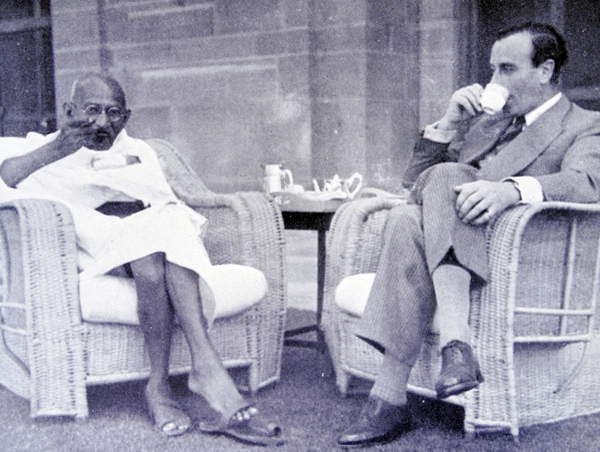
In 1947, with Indian sovereignty imminent, Gandhi met with the British viceroy of India, Lord Mountbatten, to discuss the terms of independence. While Gandhi was heavily in favour of a combined Muslim and Hindu state, tensions between the two were rising. The Mountbatten Plan later declared the partition of India and Pakistan, against Gandhi’s wishes.

On August 15th 1947, the Republic of India was born. Gandhi began to devote his time to encourage peace between Hindus and Muslims as riots broke out across the country.
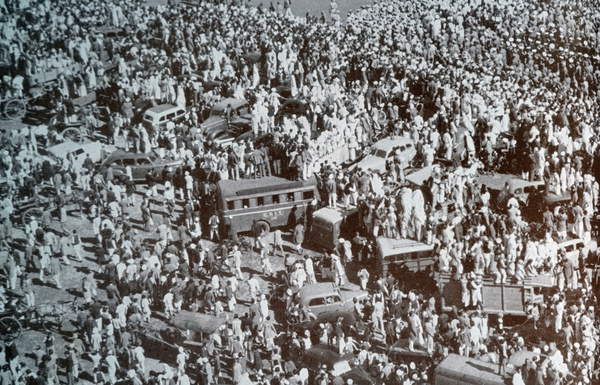
On January 30, 1948, Gandhi was assassinated by Hindu extremist Nathuram Godse. More than two million people attended his funeral procession, as people from all over India mourned the father of their nation.
In a gentle way, you can shake the world. -Gandhi
